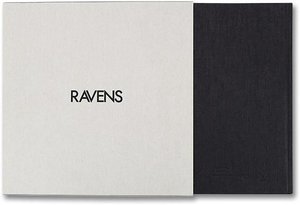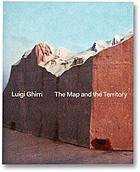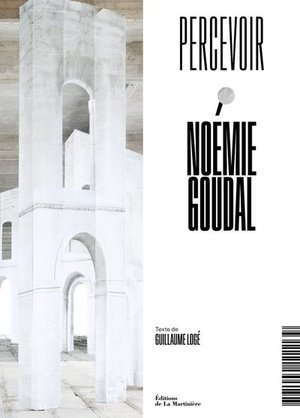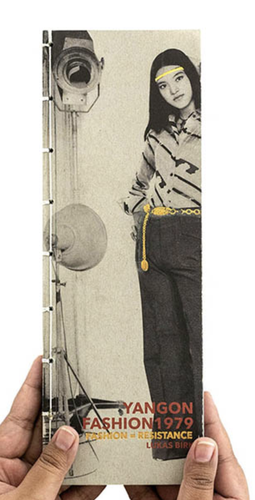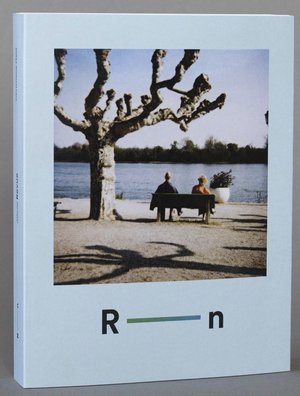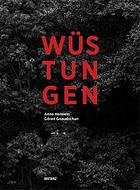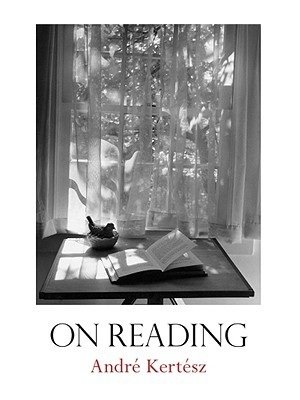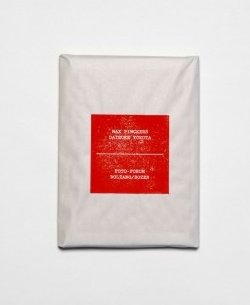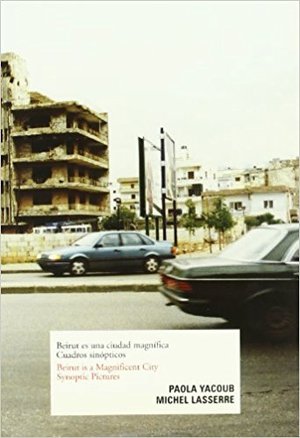Publisher Note
Nigel Shafran is interested in the unremarkable; in details of life that persist below the threshold of reflection. His subject matter is immediate and close to hand: the things that surround him, that interest him and seem important in the moment. Dark Rooms is the second collection of Shafran’s work, following on from Edited Photographs, 1992-2004. Together, the two books map out a trajectory that begins in a hopeful reflection on life’s everyday rituals, and moves towards a more sombre assessment of its routines and endings.
Edited Photographs charts Shafran’s relationship with his partner Ruth from their early years together. The evolution of their domestic space and their life as a couple is given in images of renovation and repair, cooking, eating, and washing up, moving things around from one room to another, organising space, browsing in street markets and charity shops. There are glimpses of melancholy in the book – the neglected space of his father’s office, emptied of furniture – but Edited Photographs is, for the most part, a quiet affirmation of life, culminating in the birth of Shafran’s son.
Dark Rooms follows a path in the opposite direction. A compilation of five interconnected projects, Dark Rooms moves in cycles: birth and death, acquiring and discarding, the banality of routine. In the house he has shared with his partner since 2001, and which we see restored in Edited Photographs, entropy has begun to creep in: cracks and damp patches appear, possessions pile up, objects show signs of wear and tear. The photographs of charity shops – where unwanted things get a new life – are replaced by images of mobility shops – shops peddling goods for the end of life, which their owners will probably only need to buy once.
Dark Rooms observes the mundane rhythms of day-to-day existence. Shafran photographs women on escalators, their faces set, their bodies contorted awkwardly, arms braced against the railing as though in preparation for an unpleasant fate awaiting them at the bottom. The daily shop is envisioned as a necessary intervention into personal space and personal life – a struggle against decisions that are made for us about what to eat and how to live. The book begins with a shots of anonymous groceries on the belt at the supermarket checkout, and ends with images of plastic packaging awaiting recycling. The message is a cheerless one: this is the way it comes from the shop, this is what you must get rid of when it’s finished. Photographs of Shafran’s family members appear like punctuation marks amidst these reminders of the outside forces that organise our lives.
Bracketed by the death of both of his parents, Dark Rooms is a meditation on the cyclical nature of life, on the way that things reach the end of their useful existence and begin, quietly, to slip back into entropy and decay. But there is also beauty and serenity to be found here, in the portrayal of Shafran’s own emotional life in the here now, and in the affirmation of what has been.
| Publisher | |
|---|---|
| Release Date | 2015 |
| Credits |
Artist:
|
| Identifiers |
ISBN-13:
9781910164426
|
| Work | |
|---|---|
| Topics | Couples |
| Methods | Photography |
| Language | English |
| Object | |
|---|---|
| Format | Paperback |
| Interior | |
|---|---|
| Pages | 176 |
Web references
doghouse.bruji.comlast updated 1281 days ago
Data Contributor: Artphilein Library
Created by ArtphileinLibrary
Edited by ArtphileinLibrary, edcat_editor




